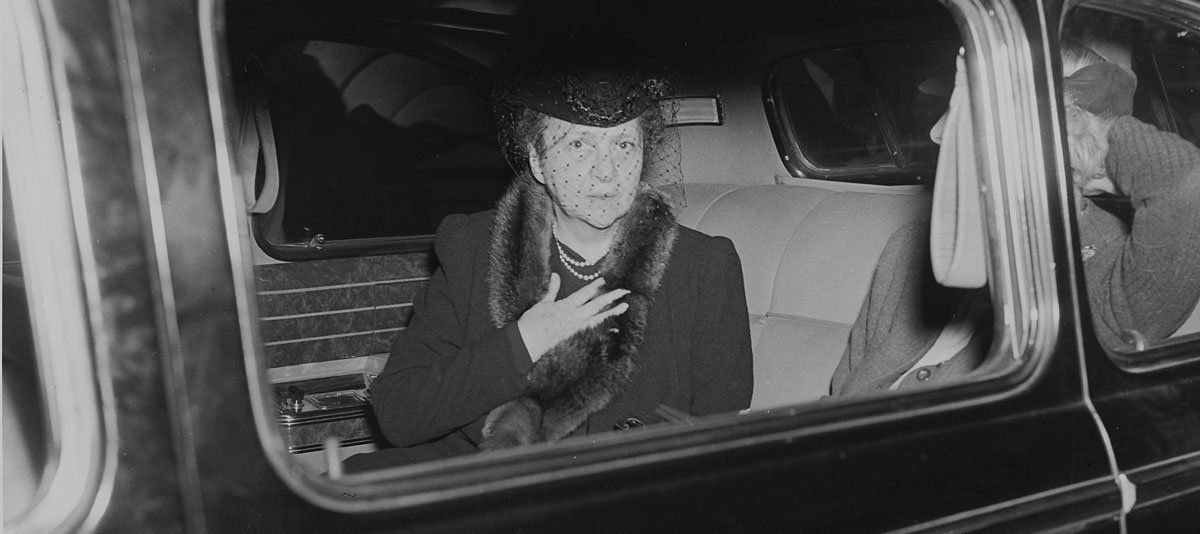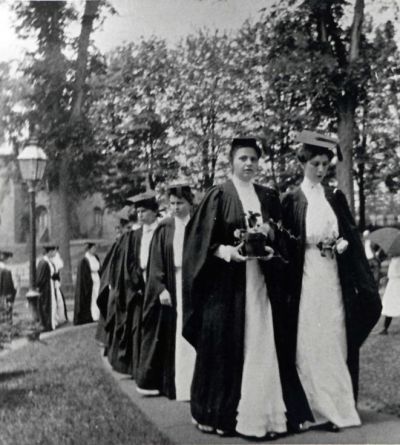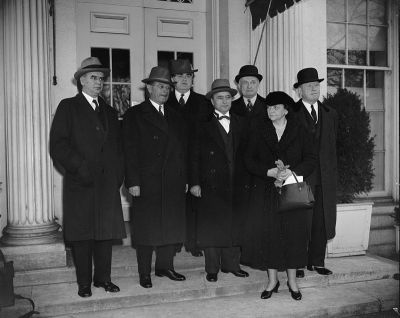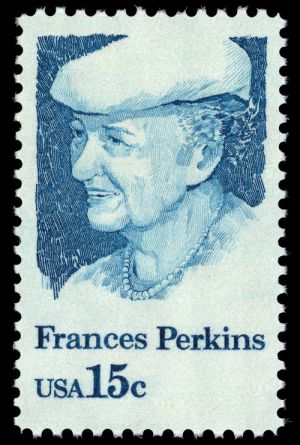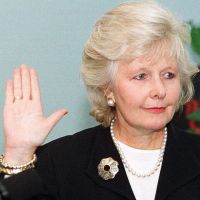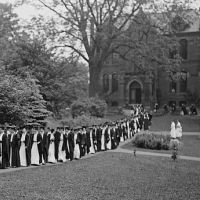Primary Source
From Frances Perkins's published recollections about the Roosevelt Administration:
Before his inauguration in 1933 Roosevelt had agreed that we should explore at once methods for setting up unemployment and old-age insurance in the United States.
Therefore, early in 1933, the President encouraged Senator Wagner and Representative David J. Lewis, both deeply interested in the subject, to go ahead with their bill on unemployment insurance. The bill, a rough draft, was put in frankly for educational purposes. It was hoped that in the course of hearings the congressional committees and the introducers of the bill would work out a satisfactory and typically American plan.
The President urged me to discuss the matter in as many groups as possible. I began in the cabinet. I made a point of bringing it up, at the least, every second meeting. Gradually the other cabinet members became sincerely and honestly interested…
The Wagner-Lewis bill in the Congress covered only unemployment insurance, but there was a great demand for old-age insurance also. It was easy to add this feature – and politically almost essential. One hardly realizes nowadays the sentiment in favor of the Townsend Plan and other …schemes for giving the aged a weekly income. In some districts [it] was the chief political issue…
"We have to have it," [Roosevelt] said. "The Congress can't stand the pressure of the Townsend Plan unless we have a real old-age insurance system, nor can I face the country without having devised at this time, when we are studying social security, a solid plan which will give some assistance upon retirement." The President was in the midst of one of the minor conflicts of logic and feeling which so often beset him but kept him flexible and moving in a practical direction…
…Several years later a move got under way for a modification of the Social Security Act, particularly the old-age insurance system, to have what was euphemistically called the pay-as-you-go system. The President didn't like it, but he was interested in extending social security. He wanted it to protect more people. He wanted the benefits raised when the time came. The pay-as-you-go policy was a secondary consideration and all right if the Congress wanted it. I don't think he ever realized that that was the exact system which he had rejected…in 1934.
He always regarded the Social Security Act as the cornerstone of his administration and, I think, took greater satisfaction from it than from anything else he achieved on the domestic front."
From The Roosevelt I Knew, by Frances Perkins (The Viking Press, 1946)


